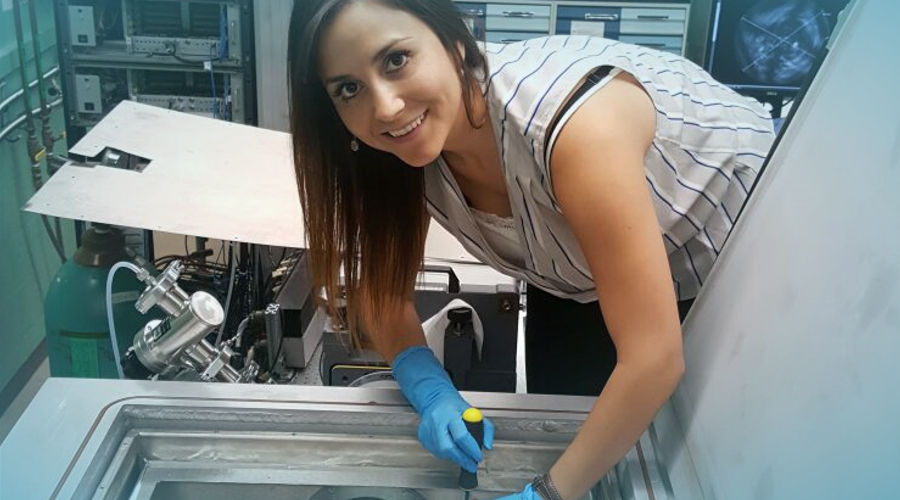
WOMEN IN SCIENCE:
Margaret Zoila's Success Story at NASA
Margaret Zoila Domínguez Rodríguez, an exceptional Mexican scientist, is currently making remarkable strides at NASA, shedding light on the mysteries of the universe's expansion.
Margaret studied a Bachelor's degree in Physics from the University of the Americas Puebla (UDLAP) and a postgraduate degree from the University of Arizona. Now she is tirelessly working on a groundbreaking telescope project at the Goddard Space Flight Center (GSFC).
This telescope is set to venture through the stars, providing us with precise data on how dark energy and dark matter influence the constant growth of our cosmos.
GSFC is a hub of scientific excellence, where a community of talented scientists and engineers at NASA work tirelessly to expand our knowledge of Earth, the solar system, and the vast universe through space-based observations.
Despite facing challenges in her youth for choosing an unconventional career, Margaret's determination, belief in herself, and natural talent for mathematics pushed her to pursue her dreams.
She candidly recalls how some people doubted her path, saying things like, "What are you going to do with physics? You'll end up starving or teaching at high school." But with unwavering support from her parents, she remained focused on her passion, fully aware of her capabilities.
As a Mexican scientist, Margaret emphasizes that gender should never be a hindrance. Even in advanced nations like the United States, stereotypes persist. However, she hopes to change that by encouraging younger generations to challenge these beliefs and embrace diversity.
Margaret stands proudly among other Hispanic and Mexican women in NASA, all making remarkable contributions. Together, they're breaking barriers and leaving a lasting impact on the scientific world.
But her journey doesn't end there. Margaret is on a mission to inspire more Hispanic girls to pursue careers in science and join her ranks at NASA. She firmly believes that curiosity, perseverance, and patience are the keys to success in any field.
Beyond her impressive achievements, Margaret's burning desire is to see more diversity in the scientific community. She envisions young minds from all backgrounds taking up the mantle, exploring new frontiers, and making significant scientific contributions.
In a world where information is abundant, but critical thinking sometimes takes a back seat, Margaret encourages the youth to dig deeper and seek diverse sources of knowledge. By doing so, they can expand their horizons and truly understand the world around them.
Margaret's journey reminds us that passion, dedication, and an open mind can lead to remarkable heights. With her inspiring efforts and those of other pioneering women, the future of scientific exploration is bright. They are the stars guiding the way for future generations to reach for the skies and explore the wonders of the universe.